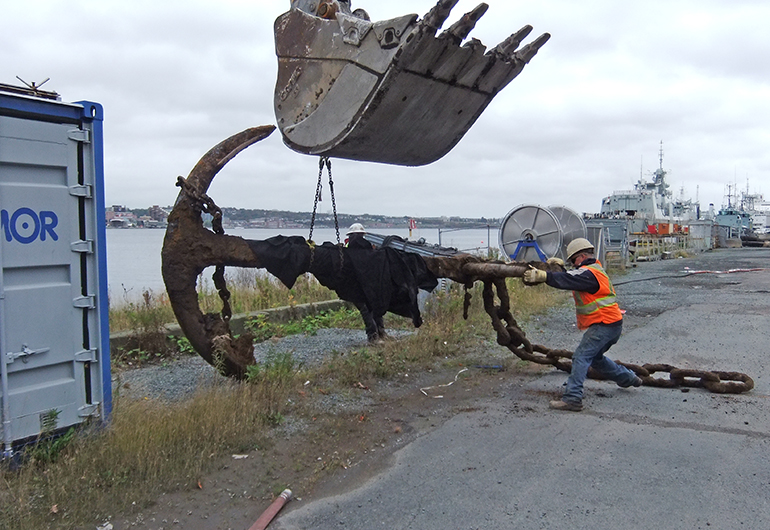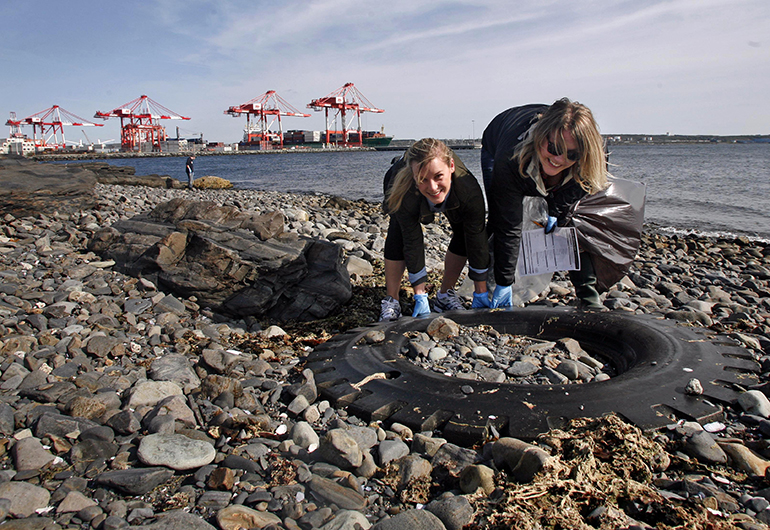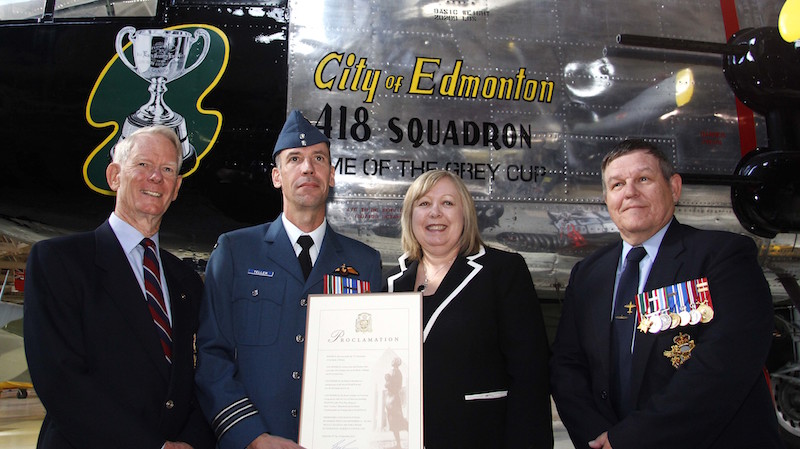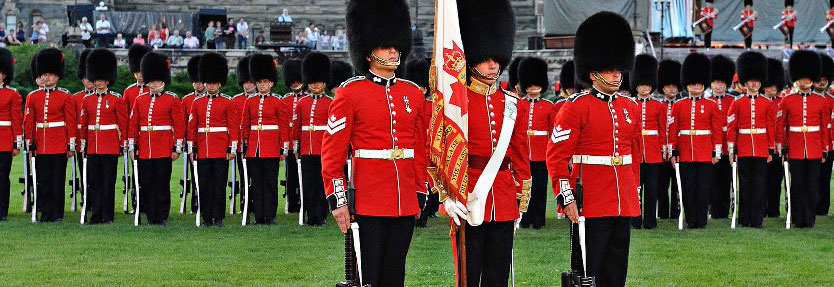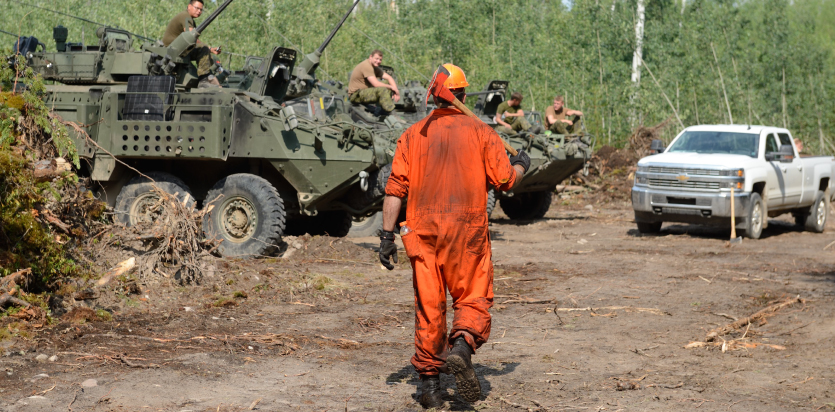Coast To Coast
Great Canadian Shoreline Cleanup
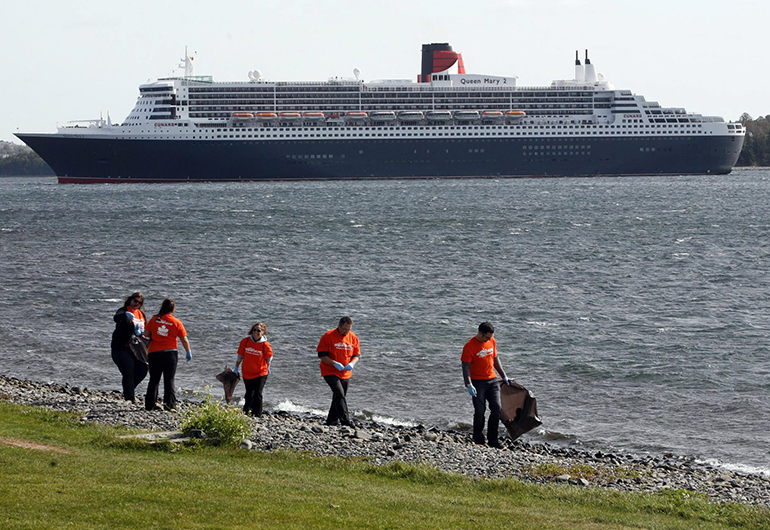 Across the country Canadians were very enthusiastic about the 2014 Great Canadian Shoreline Cleanup campaign. As in previous years, every province and territory boasted cleanups.
Across the country Canadians were very enthusiastic about the 2014 Great Canadian Shoreline Cleanup campaign. As in previous years, every province and territory boasted cleanups.
The Great Canadian Shoreline Cleanup, a conservation initiative of the Vancouver Aquarium and the World Wildlife Fund, presented by Loblaw Companies Ltd is Canada’s largest direct action environmental program. Since it first started in 1994, over 300,000 individuals across Canada have come out to help keep Canada’s rivers, lakes and oceans healthy for the communities and wildlife that depend on them.
The Shoreline Cleanup is the most significant contributor to the International Coastal Cleanup in Canada, and is the third largest cleanup in the world. “The Shoreline Cleanup is a great way for local communities to become champions of their own shoreline. Every person who volunteers can make a real difference towards cleaner shorelines right at home,”said Susan Debreceni, acting manager, Great Canadian Shoreline Cleanup, Vancouver Aquarium.
Shoreline litter is a threat to aquatic life and ecosystems. Litter can leach harmful chemicals into the water, accidentally be eaten by wildlife and entangle aquatic animals such as otters, turtles and birds. Litter travels from hundreds of miles inland. For example, a plastic sandwich bag that blows off a picnic table inland can be washed down a storm drain, river, lake or stream, and be eaten by or entangle an aquatic animal. “Shoreline litter is one of the largest threats facing our waterways but it is entirely preventable.”
Participants removed 99,280 kilograms of litter from 3,035 kilometres of shoreline in 2013. “I have no doubt we have done better this year. Not only do our volunteers remove trash from shorelines, but they also collect valuable data on what they find. This information enables us to work towards solutions and increase awareness of waste prevention,” said Debreceni. The most common items found during cleanup are known as the Dirty Dozen List. In 2013 the list included cigarettes, food wrappers, plastic bottle caps, beverage bottles, beverage cans, straws, stirrers, other plastic bags, metal bottle caps, foam packaging, plastic grocery bags, plastic lids, and construction materials. The 2014 Shoreline Cleanup wraps up on October 31, at that time data will be gathered and analyzed.
Participation in the Great Canadian Shoreline Cleanup allows people to both reaffirm their connection with the rivers, lakes, streams and seas in their communities, and see how they can make changes in their own behaviours for a lasting effect. The cleanup helps ensure the long-term health of Canada’s waters. When the 2015 Shoreline Cleanup ramps up, organizers hope to see record numbers of volunteers sign up, making Canada’s largest community led, volunteer-powered conservation program better than ever.
To learn how to initiate a cleanup in your community please visit www.shorelinecleanup.ca


